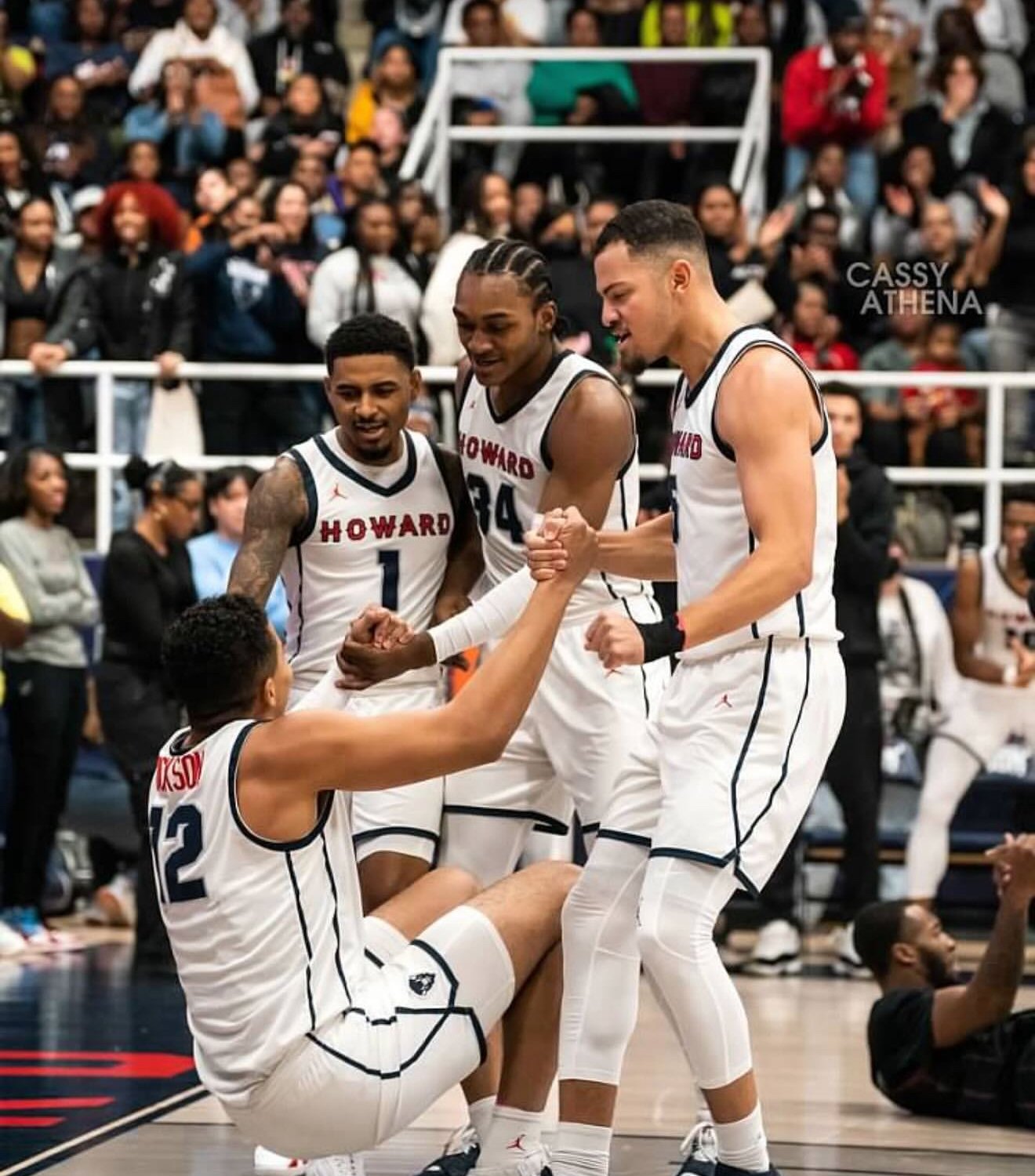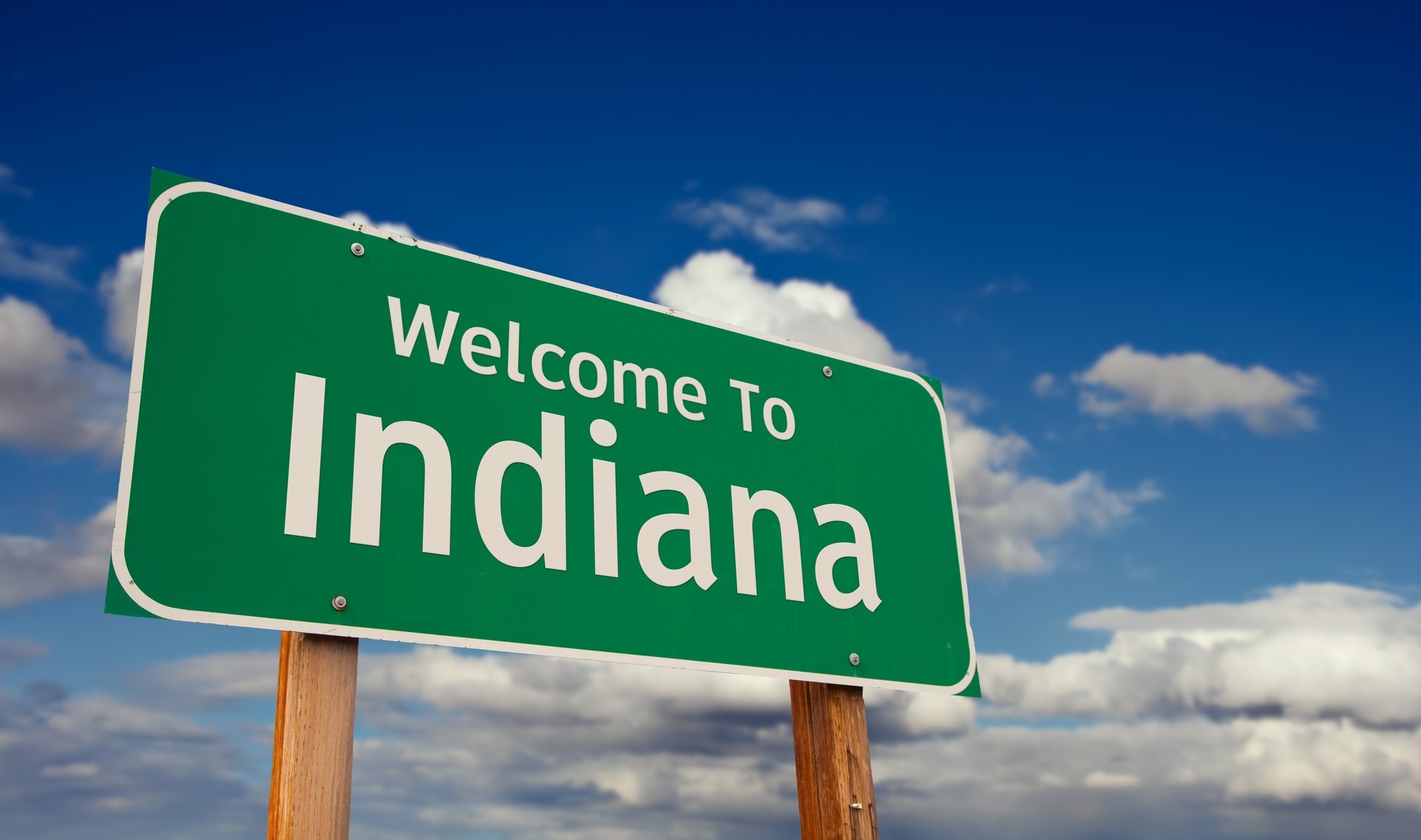Good morning, and thanks for spending part of your day with Extra Points.
I don’t just write a lot about video games and college sports because I have a chunk of my audience who are die-hard sports gamers. Just about all of my readership groups are deeply invested in the growth of college sports gaming opportunities.
Agents, collectives and the NIL Industrial Complex want additional college video game options, since they see games as a group license revenue opportunity. Athletes want more games because they too would like additional NIL revenue…and also the ability to play as themselves in video games. Schools and administrators are interested in additional licensing revenue, but also the brand exposure game appearances bring, especially to younger fans.
But there’s just one problem. It’s become very expensive and very complicated to make a sports video game.
Let’s take the first college football video game, Bill Walsh College Football, released in 1993, for example. The credits at the end of the game’s manual lists exactly one person, Jim Simmons, as the original programmer for the Sega Genesis version (an additional three programmers were used to port the game to Sega CD). The core production of the game, from animation to audio creation to game design to programming, took less than a dozen people.
Nowadays, it takes more people just to digitally recreate Eastern Michigan’s football stadium.
Thanks to the level of programming and graphical complexity required by today’s market, the cost to develop an AAA (large studio) video game can run anywhere from $50 million to north of $200 million. Even with games retailing for $70 nowadays, these costs have led many publishers to look for other ways to increase revenues beyond title sales.
For Electronic Arts, that could potentially include more in-game ads. Via Tom’s Hardware:
EA CEO Andrew Wilson confirmed the company is considering putting ads in traditional AAA games — titles that players purchase up-front for around $70 apiece. In the Q&A part of EA’s latest earnings call, Eric Sheridan from Goldman Sachs asked Wilson about dynamic ad insertion in traditional AAA games. Wilson said, "…Advertising has an opportunity to be a meaningful driver of growth for us." He then continued, "…we have teams internally in the company right now looking at how we do very thoughtful implementations inside of our game experiences."
Many consumers, naturally, are worried about this development. EA does not have the reputation among gamers for, uh, the most consumer-friendly practices. Since high profile games are already expensive, who is going to be excited about shelling out $70 bucks and still having to see ads? It’s one thing to get an ad in a free-to-play mobile game, but a major studio release?
I think those concerns are valid! How any studio, including EA, introduces advertising into games, must not detract from the consumer experience.
But I actually think there’s a way to do this that wouldn’t just benefit major video game publishers…but the college sports industry as a whole
Let’s talk stadiums for a second.
Beyond earning money through ticket sales, concessions, donations and broadcast media deals, schools also earn revenue through their Multimedia Rights, or MMR deals. These deals (either sold via an MMR company or in-house) include the rights to sell things like scoreboard advertisements, sponsored segments (that’s a Stetson Bennett Kia of Dunwoody FIRST DOWN!), stadium signage, and much more.
And as of right now, those stadium assets do not appear in any video games.
Historically, EA Sports and other video game publishers have not included local stadium ad packages in their video games, and I’ve been told that remains the case for the upcoming EA Sports College Football 25. To the extent that scoreboard adverts, sideline ads, etc. are ever incorporated in-game, that digital real estate is used to either promote the publisher, or to promote a “national” ad package.
For example, Coke Zero might pay to sponsor every stadium in a video game, or to be a presenting sponsor for an in-game highlight package. But a game wouldn’t have Coke for some schools and Pepsi for others.
There are logistical reasons for this. I’ve been told by folks in the industry that right now, the largest MMR companies don’t really know how to price or sell specific “digital real estate” packages to sponsors or game companies. I’ve also been told that on the video game publisher side, it’s been easier to just sell all the inventory at once, rather than try to run the granular engagement data to show why, say, sponsoring a stadium asset in digital LSU should cost more than at digital Louisiana Tech.
As the sports gaming market grows and becomes more complex, I think it would be worth it for schools, MMR firms and video game publishers to more closely look at breaking up in-game inventory to potential brand partners. It may not be practical to ever try to completely re-create a real stadium’s ad units, but a mix between publisher sold national ads and local ads could potentially increase not only revenue for everybody, but realism for the consumer.
Beyond scoreboards, sidelines and billboards, sports games are probably ideally situated to add other sponsorships in a less-obtrusive, realistic way. That could include brands sponsoring highlight packages or in-game presentation units (i.e, let’s consult the Nationwide Instant Replay, here’s that drive summary, brought to you by Toyota), or replications of real life sponsorships (who is going to complain if somebody puts the Dr. Pepper halftime toss in a video game?).
Hey, speaking on less-obtrusive advertising experiences,
This newsletter is brought to you in part by GenTeal Apparel

If you want to look great on the course, the lake or happy hour, check out the new additions at GenTeal Apparel. Save some scratch on your next polo shirt, button-up, quarter zip and more by using promocode EXTRAPOINTS15.
Of course, in-game ads aren’t exactly new. National brands sponsored segments in previous editions of NCAA Football. Jake from State Farm makes multiple appearances in the NBA2K series, and announcers are quick to celebrate the hydration benefits of Gatorade during a broadcast.
If you’re my age, you might even remember the dang Burger King showing up as an unlockable trainer in the old Fight Night boxing games.
Beyond helping to broker sponsorship deals themselves, schools could also potentially be the ones buying ad space in other games to promote their brands, events, and more. If EA and other major developers look to put ads in AAA games, that means Ohio State, Florida State (or heck, the Horizon League) could buy an ad in FIFA, Madden or Battlefield. If you want to reach young people, well, thats where they are.
Of course, If publishers aren’t careful, they can easily step over the line and make their sponsorships overbearing, immersion-breaking and frustrating. Real life football broadcasts have way too many commercials as it is. Interrupting video game football with commercial after commercial would set some fans over the edge. Backlash would be a real risk for publishers and brands.
If schools, fans, and everybody else want more college sports gaming products, the economics behind traditional AAA game development have to change
Spending tens, if not hundreds, of millions of dollars to develop an AAA-caliber college football game is defensible, because we have decades of data to show that consumers will buy those games.
For other sports, like college basketball, baseball or hockey, that data isn’t there. And if the costs and risks for developing a big-budget product for a more niche audience aren’t there, major studios won’t take that risk. Their investors simply won’t let them.
In order for somebody to make niche college sports game properties, they’ll need to either a) be able to develop a game without spending as much money, b) earn more revenue from a smaller number of customers or c) some combination of both.
Much to the chagrin of many consumers, the typical way publishers try to increase revenue is via loot boxes and microtransactions. Ad sales could be a way to increase revenue without directly asking the consumer for more money.
It’s also possible games could be made by simply spending less money.
You don’t have to have a small army of developers working to animate individual sweat droplets in order to make a profitable game. Stardew Valley, a favorite in our household that has sold over 30 million copies, was made by one dude. Many other projects that have sold over a million units, like Undertale, Hotline Miami, Cuphead, Shovel Knight and Hades, were made by either one person, or very small teams.
But most of the best-selling indie titles don’t have elaborate 3D graphics…and aren’t sports games. That doesn’t mean it is impossible to make a sports game that is commercially successful for under $20 million…but it does likely mean it would have to be different from what consumers are traditionally expecting from sports games.
I have a hard time believing that expanding in-game ad sales and sponsorships would generate enough revenue to single-handedly convince a skeptical publisher to roll the dice on college baseball. But I could see it as one more tool in the toolbox to help make sports games easier and more profitable to create.
If group licensing partners, schools or other companies would like to see other titles get released… I think they’d benefit from being more proactive in that process, having conversations with major developers…or indie publishers, about how they can all work together to make those projects profitable, possible, and playable.
If EA Sports College Football 25 is a commercial success, perhaps that will help inspire more of those conversations.
Speaking of finding the money to pay for things,
This newsletter is also brought to you by Teamworks:
Teamworks, the leading technology provider for collegiate athletic departments, will launch Teamworks Wallet this summer. Teamworks Wallet (“Wallet”) is a digital banking solution built specifically for athletic departments and student-athletes. Trusted by over 700 NCAA institutions and 1,000 elite sports organizations worldwide, Teamworks is uniquely positioned to deliver a centralized destination for student-athletes to receive, store, and spend their money.

At launch, Wallet will integrate with Teamworks Influencer to streamline NIL payments for student-athletes. This integration allows collectives, businesses, and donors to quickly transfer funds directly into student-athletes' Wallet accounts without incurring any fees from Teamworks.
Learn More here:



















